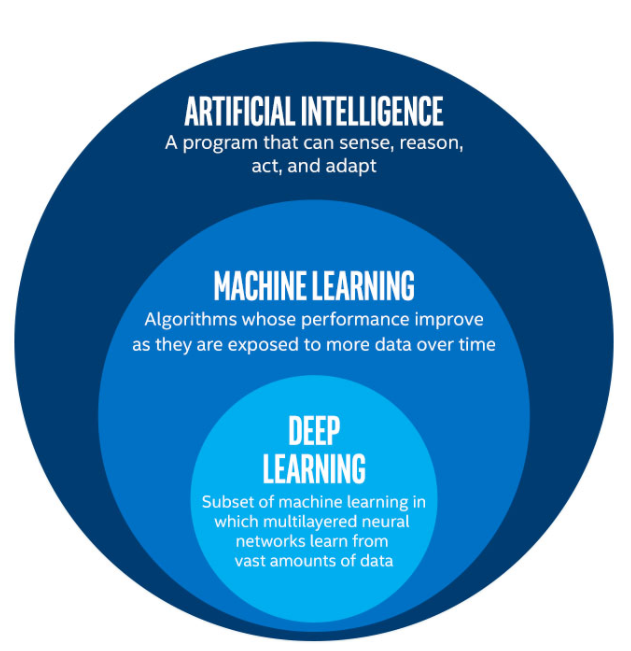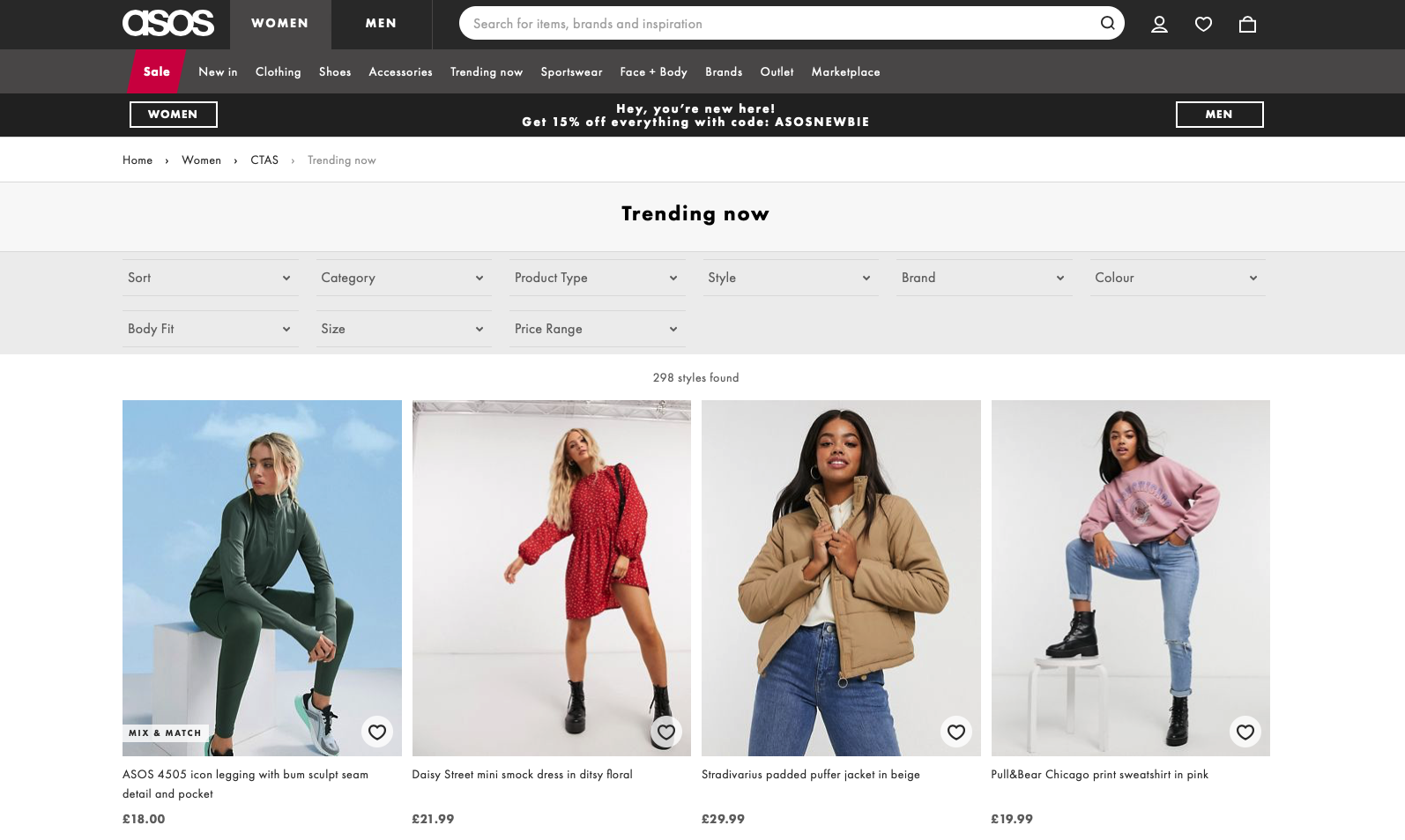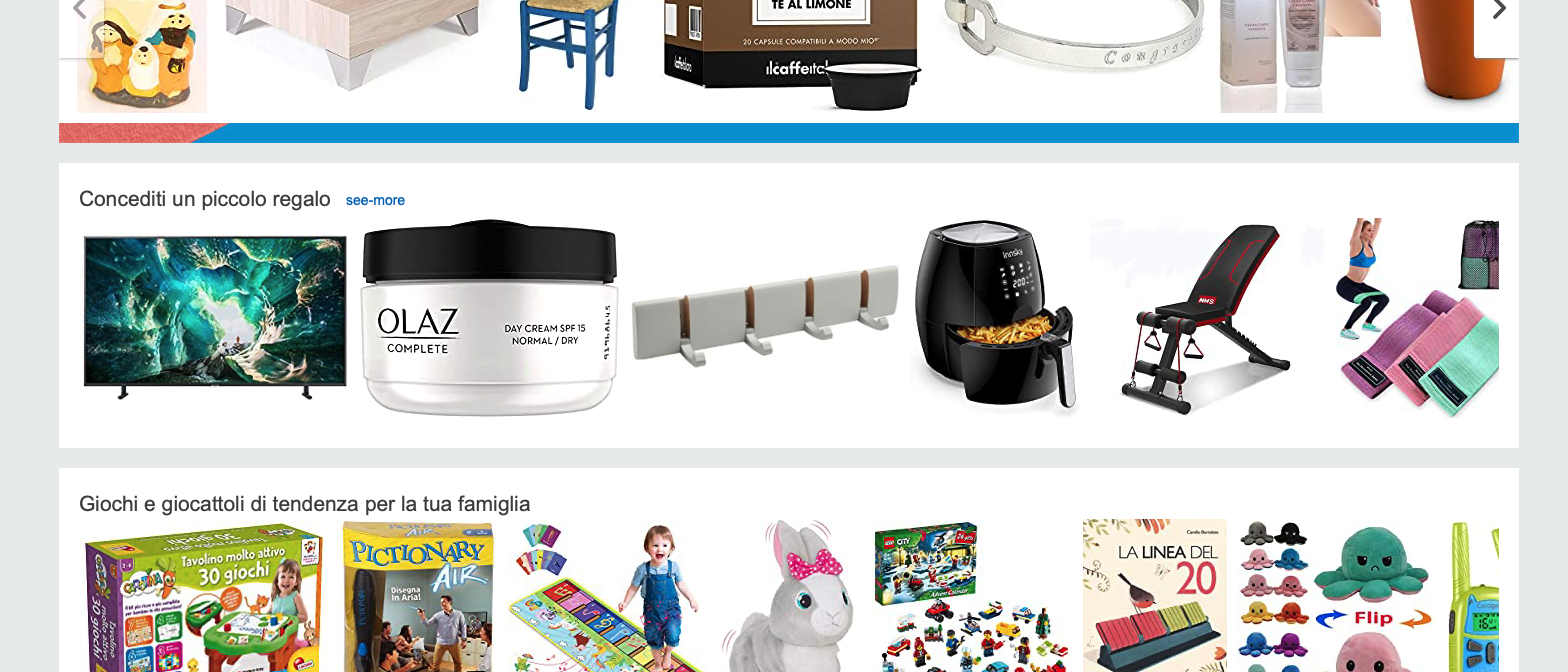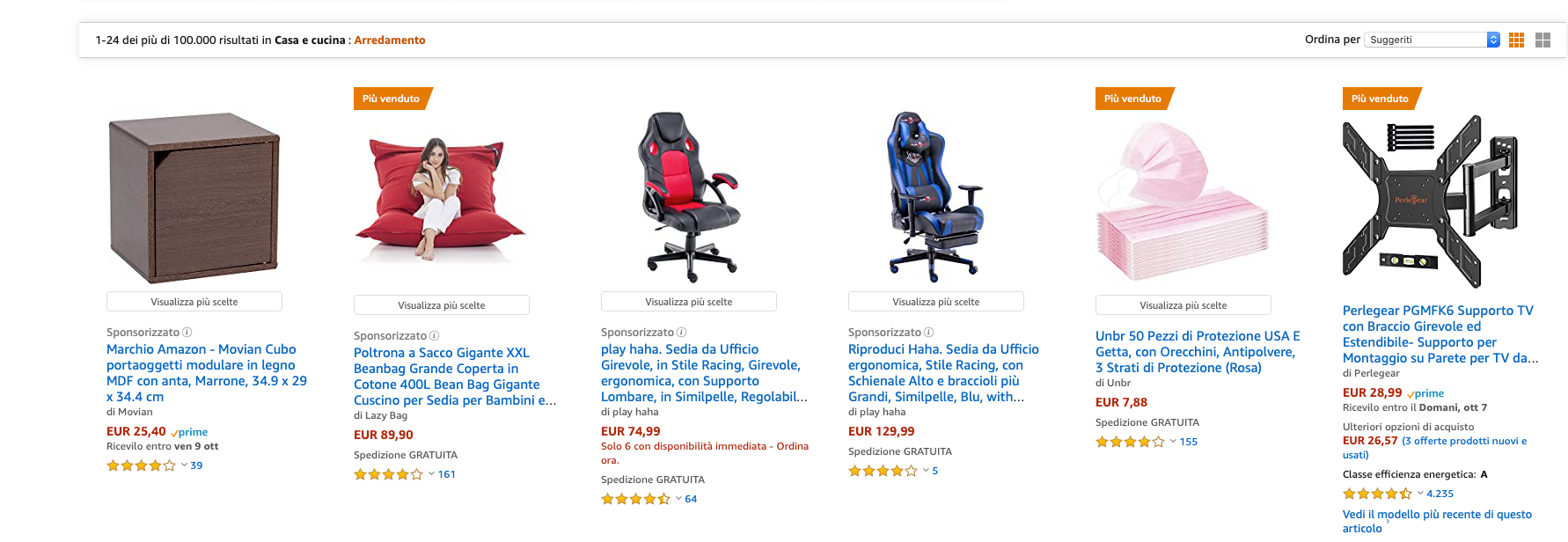Unfortunately, many e-commerce stores put basic category levels or best-selling product recommendations on their websites and never considered them again.
Product recommendation engines can now understand customers in real time and suggest the best match using several machine-learning algorithms.
Usually, they use different kinds of data stored, personalizing category pages or search results entirely, displaying the most relevant offers on the homepage, etc.
In this article, I will show you some of the best recommendation algorithms and explain how they are implemented to improve e-commerce recommendations.
The main difference between Artificial Intelligence, Machine Learning and Deep Learning
Artificial Intelligence (AI) uses data from machines, robots and systems trained to express and simulate human thinking.
Most examples of artificial intelligence in marketing today are based on machine learning, from providing customized product recommendations to helping you determine the most profitable promotion channels, predicting customer churn rate or lifetime value and creating a better customer base.
The process behind all this is more straightforward than it seems. You have a lot of data, and special ML-based tools or models can be used to learn patterns, similarities and behaviours. The results will, in turn, help you make better predictions, estimates and forecasts. However, human decision-makers must intervene through machine learning to see if the predictions are accurate and adjust the model for future processes.

On the other hand, deep learning works similarly to machine learning models, but deep learning uses more than one million data points and can determine whether the prediction is correct. Since deep learning is a self-learning system, manual intervention is no longer required to use the results immediately.
Different types of recommendation systems
Although terms such as artificial intelligence, machine learning, data mining, or neural networks used to build recommendation systems sound very complicated, the idea behind them is simple: you have a series of intelligent calculations and algorithms that can gradually understand your customers and predict their preferences.
It uses many data "signals" like:
- Number of past purchases
- Quantity and product type in past purchases
- Search queries
- Browsing history
- Product placed in the shopping cart
- Products you've shared or rated
- User Location
- Dwell time
- Customer segments (buyer personas)
Predictive recommendations might sound like science fiction or seem to be out of your reach, but the truth is that they are used in many different stores thanks to some easy-to-use products.
The benefits of AI-based e-commerce product recommendations nowadays
The method uses traditional software solutions to perform requirements analysis, define product specifications, and then develop solutions.
In AI projects, the classic method of viewing specifications is completely reversed. First, you have to build your data to build the best solution. The technique used in AI solutions is to start quick experiments after requirements analysis rather than start the design and development process.
Machine learning can have a significant impact on your business goals:
- higher profits
- increased customer loyalty
- higher conversion rates and average order value
AI solution development is a cyclical process in which each iteration evolves into a solution. Starting from the Design Sprint, I provide a viable prototype within a week. Shifting the requirements and data analysis stage after the design sprint allows me to focus on a narrower scope.
Foremost benefits you can experience once you roll out these personalized product recommendations for your online store:
- Use data in real-time and across multiple marketing channels
- Automate marketing strategy
- Enhance customer experience
- Sensible improving sales
Showcasing popular products by sales number
This non-personalized technology is not based on the user's personal choice but on the collective preference, like:
- The number of products purchased
- Timing on the product page
- Repeatedly placing the product in the shopping cart
- Number of product views and purchases in a defined location
The first idea of showing popular products is that since a lot of people have bought them, it is very likely that others will also be interested in them.

Recommendations based on browsing history
As its name states, you're getting new product suggestions based on the products you've already viewed.
Here's a clear comparison between recommendations and recently viewed items on Asos, for instance:

Location-based recommender systems
The problem is that although the system is easy to implement, it doesn't bring much value. The personalization options are poor, and everyone can get roughly the same advice while leaving your new product behind.
When using this algorithm, you usually find "People around you like it" or "People in your area have also bought." The goal of this method is for you to guess any potential social relationships or peculiarities of people in a geographic area. If you sell products globally, you may need to display products suitable for unique holidays or current events in a particular country on such sites.
It's a method of bringing people to a physical store via mobile devices or when they are near your store.
Content-based filtering for e-commerce product recommendations
This method depends on the similarities between the products you sell. Each item has a series of characteristics, and each pair of users is used individually and compared.
Let's say you're selling fashion products in your online shop. Then you have a customer who's previously bought ten clothes, and 8 out of those 10 were similar colours. Content-based filtering uses a series of boolean data systems to judge the best recommendation for that customer based on the features of past acquisitions and products they checked out or even added to their cart.
As a result, in this case, the system will most likely recommend a bunch of similar colours from the same brand or with the same colour patterns.
The problem with content filtering is that you need to collect a lot of data to provide a good recommendations for your customers.
Collaborative filtering technique – User-to-User
Among all the product recommendation methods, one of the most popular is collaborative filtering algorithms, which depends entirely on how other customers and users previously rated the products they purchased.
This method stems from the idea that people with similar past purchases and hobbies may also want to use the same things in the future.

There are two main ways in which you can do this:
- Use the classic rating
- Have people choose between two or more products, and the system will automatically rank one over the other
The process is simple but quite long. Here's how it all starts:
- User A rates a product with four stars.
- B rates the same product with four stars.
- User A then likes a product and gives it five stars.
- B will be recommended the same product that user A has rated with five stars since it assumes that user B will also like it.
A better way of this approach is to use a large database and learn these scores from its behavior.
Increase Trust with Embedded Social Proof Elements
A significant part of improvements in sales are driven by trust; while using the concept of social proof is not new, it surprises me how few companies use social proof elements in their recommended products.

Amazon integrates social proof elements throughout their recommendation widgets.
Collaborative Filtering Technique – Item-to-Item
The previous user-user collaborative filtering can match products according to the purchases and behaviours of different users. Through an item-by-item personalization approach, effects in a single user's profile can be related to each other without relying on other shoppers.
For example, if you previously bought a pair of shoes from a brand, buying more shoes from the same brand will be recommended.
Amazon use bundle recommendations, where products purchased together are often recommended as a cross-selling strategy based on the purchaser's past purchase data. At least in theory, you can use an AI-based e-commerce product recommendation system to display the actual product choices made by users instead of manually selecting them.
Below, Barillance compared one store's experience implementing product recommendation personalization. The output of this test is significant!

In the image below, you can see the main logical difference between these two different algorithms.

How to choose the best Recommendation system for your e-commerce
Most major websites use collaborative filtering and content-based filtering technologies to ensure the accuracy of personalized recommendations.
To evaluate whether an e-commerce recommendation system works in your situation, you only need to perform A/B testing.
This solution can show you that related "similar products" products were displayed based on a person's past shopping behaviours, not just related to the products they were viewing, thereby increasing click-through rates, increasing revenue and bringing more "add to shopping bag" actions.
This being said, testing the collaborative filtering technique against the content-based filtering techniques is simply a waste of time, as most e-commerce stores are already using the hybrid approach since it's proven to bring more accuracy.
It would be best if you thought about using recommendations using restrictions or corrections to the algorithm, such as:
- Restricting only showing priced products
- Avoiding brand conflicts in particular cross-selling section
- Prioritizing seasonal products
Extend product recommendation across several channels
An omni-channel strategy can increase revenue. Product recommendation is a crucial tool to make omnichannel effective.
They allow you to use known customer "signals" to create targeted quotes and match affinity to products through chat, emails or modal pop-ups.
You can use a recommendation system in your email newsletter to create a showcase section that displays the best sellers in a particular category or that best matches that specific customer. Each time you open, the email will be personalized 1:1.
